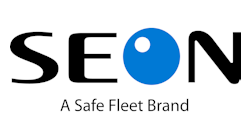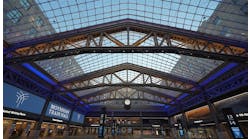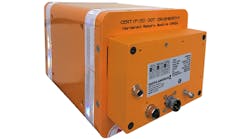Seon Executive Prediction 2011
As a provider of video surveillance systems for buses, Seon Design is positioned at the crossroads of two seemingly very different industries — public transportation and security. In fact, many companies that provide security equipment are in the similar position of offering systems to diverse end-users ranging from banking to healthcare, retail, foodservice, and of course, homeland security. By looking at how security systems have adapted to such a broad range of needs, we can gain some insight into what is available to public transit in the future.
When we speak of video surveillance, it is the quality of the technology itself that is usually the first issue. Continuing advances in high-definition video mean that image quality is improving in leaps and bounds. Problems with grainy images that won’t hold up in court are becoming rarer. Transportation authorities are now paying more attention to ensuring enough cameras are installed to provide full coverage of all important areas. Digital recorders have increased their capacity both in terms of storage and the number of cameras they can record. Twelve camera systems on a bus will become much more common.
The trend towards more cameras with higher resolution means there will be more data to process. By employing more advanced video compression technology such as H.264, video storage requirements are reduced. Just as important, the amount of bandwidth required to transmit the video is also reduced. For the user, this means less time is required to access and download video recordings.
Other industries are finding that video systems can help their businesses with more than security. A reduction in liability claims has long been recognized as a substantial benefit of installing video, but there are many other demonstrable sources of ROI. Data that is collected along with video can help an organization realize reduced operating costs. For example, GPS location data and engine monitoring allows vehicle operators to detect excessive engine idling. Fuel as well as compliance costs related to environmental regulations are saved.
As system capabilities have grown over the years, so too has the complexity of provisioning and maintenance. While the goal is to provide systems that are easier to use, the reality is that behind-the-scenes support is becoming more difficult. The need for competent and reliable vendors will only intensify in the years to come. Suppliers who simply take off-the-shelf products and shoehorn them into a bus will find that model impossible to sustain. With video systems, the core recording technology may be the same across different applications. However, there any many challenges in putting a digital video recorder onto a bus. Only suppliers who are willing to invest in developing mobile-specific solutions will ultimately be able to provide products that are both technologically advanced and reliable. At the end of the day, it is these suppliers who will provide value and true ROI for the customer.




